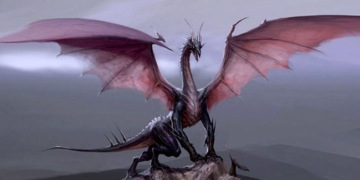In this article, we will delve deeper into some of the hungriest animal species and the factors that determine how much they eat to survive.
1. Blue Whale (Balaenoptera musculus)
As one of the largest animals ever known, it’s no surprise that the blue whale is the biggest eater still existing on our planet. An average blue whale weighs about 200 tons and requires 16 tons of food each day.
Despite their massive size, blue whales primarily feed on tiny creatures called krill—small crustaceans that are high in protein and low in fat. They are also a great source of omega-3 fatty acids.
Blue whales need millions of krill to satisfy their hunger. An average blue whale consumes 16 tons of krill daily. In just one gulp, these marine creatures can consume about half a million calories, equivalent to the calories an average adult consumes in 250 days.
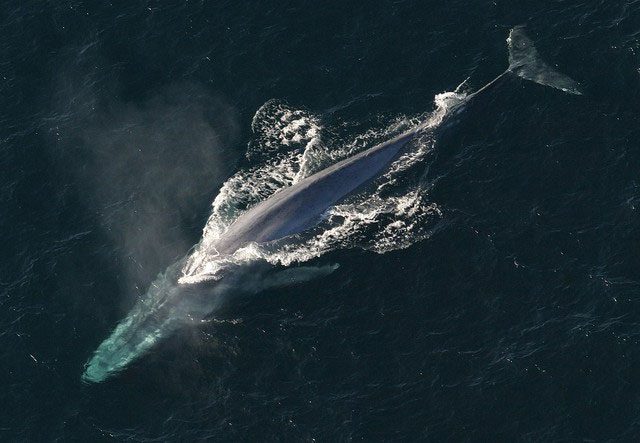
The blue whale is the largest animal in the world and a giant of the oceans. As a massive carnivorous creature, the blue whale requires substantial energy to maintain its enormous size and biological functions.
2. Burmese Python (Python bivittatus)
Unlike other carnivorous animals, Burmese pythons do not eat frequently. This reptile is one of the largest pythons in the world, capable of reaching lengths of up to 23 feet (7 meters) and weighing up to 200 pounds (90 kg).
Like most snakes, Burmese pythons have a slow metabolism, allowing them to eat only once every two weeks. However, their meals are substantial. They are known to consume deer, goats, and even crocodiles, swallowing their prey whole, including bones and teeth. Burmese pythons can also eat prey that is about 50% of their own size in one sitting.
A unique trait of this python species is that its prey does not need to be entirely within the stomach to begin digestion. Burmese pythons can start digesting food as soon as it enters their mouths. The entire digestion process typically takes about five to six days, meaning the animal does not go hungry more than once every two weeks.
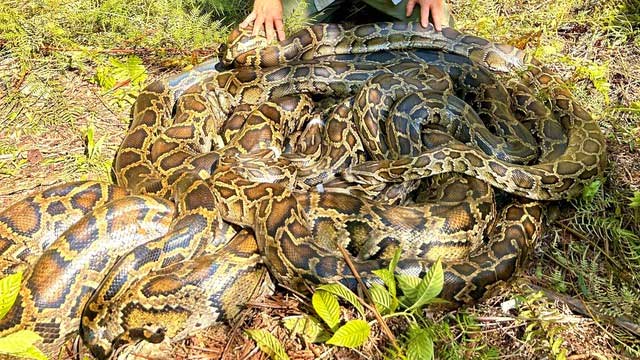
Burmese pythons can be found throughout South and Southeast Asia, including eastern India, southeastern Nepal, western Bhutan, southeastern Bangladesh, Myanmar, Thailand, Laos, Cambodia, Vietnam, the northern mainland of Malaysia, and in southern China in Fujian, Jiangxi, Guangdong, Hainan, Guangxi, and Yunnan.
3. Hummingbirds (Trochilidae)
The appetite of hummingbirds is defined by their diet, which mainly consists of nectar that has very little nutritional value. In fact, nectar is essentially sugar water.
Despite its lack of nutrients, nectar is essential for the survival of hummingbirds. This is due to the fact that the smallest birds in the world have a higher metabolic rate than any other living creature. Their wings can beat more than 80 times per second, and their hearts need to beat 20 times per second to keep up with this activity.
Hummingbirds expend so much energy while flying that they need to consume food equivalent to double their body weight every day to survive.
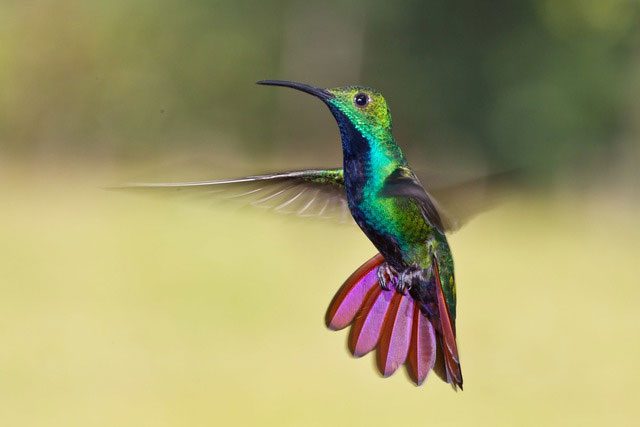
The wings of hummingbirds are unlike those of any other bird species. They can move freely in all directions, allowing the bird to hover in place while keeping its head steady. This also means hummingbirds can fly backward. They typically fly at speeds of around 50 km/h. During the breeding season, males must perform numerous dives to attract females.
4. American Pygmy Shrew (Sorex hoyi)
Although this animal is the second smallest mammal on the planet, it is one of the greediest species in relation to its size. The American pygmy shrew consumes insects, providing it with a protein-rich diet.
This species has an exceptionally high metabolic rate, requiring it to consume food equal to about three times its body weight each day to survive. If this shrew goes without food for just one hour, it will starve.
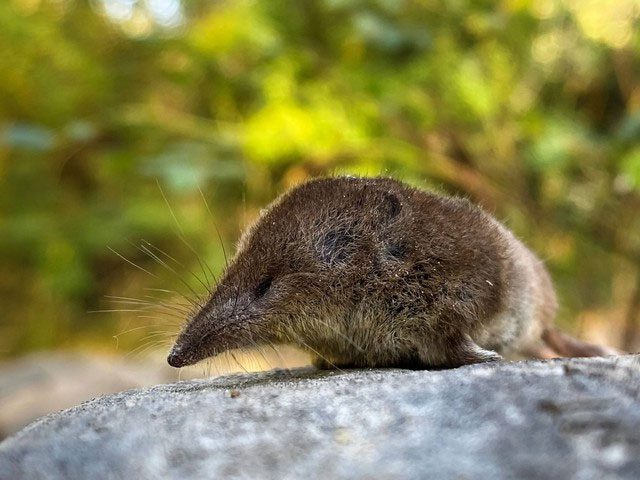
Sorex hoyi is a mammal in the shrew family, order Soricomorpha. This species was described by Baird in 1857.
5. Tasmanian Devil (Sarcophilus harrisii)
The Tasmanian devil is a carnivorous marsupial known for its ferocious temperament. Additionally, they are famous for their strong jaws capable of crushing bones. They use this ability to consume almost anything from snakes, birds, to mammals.
A typical Tasmanian devil weighs about 20 pounds (9 kg) and requires 2 pounds (0.91 kg) of food each day. However, this is still not enough to satisfy their appetite; these animals can consume up to 40% of their body weight in one sitting.
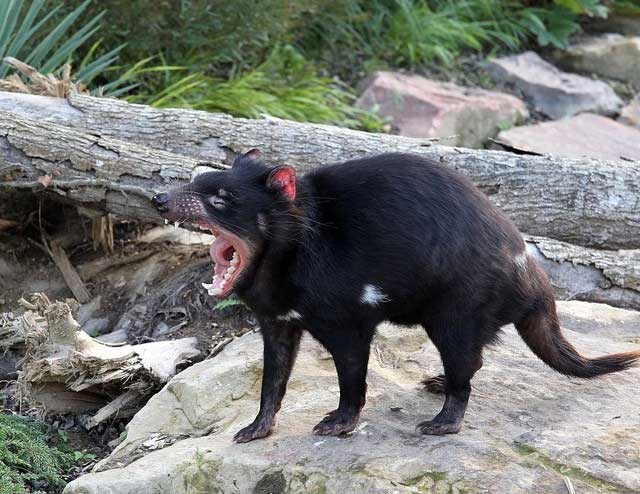
The Tasmanian devil is small and stocky, with shiny black fur, small eyes, and a large mouth, which may make them seem unremarkable. However, they are known as “the devil” in the animal kingdom. In reality, Tasmanian devils are very aggressive, attacking and viciously tearing apart their prey, even their own kind, when necessary. Their mouths can open at a 180-degree angle, and they can easily kill prey that weighs six times more than themselves. Scientists have discovered that among animals of similar size, Tasmanian devils have the strongest bite force; if a Tasmanian devil were the same size as a lion or tiger, its bite force would be about three times stronger than that of a lion or tiger.
















































